
Are Electric Hunting Bikes Legal in Public Hunting Lands?
The question of whether electric hunting bikes are allowed on public hunting lands matters a lot to hunters today. It depends on where you plan to hunt and what type of e-bike you have. Rules differ across federal, state, and local lands. Understanding these rules helps you stay legal and ensures everyone can enjoy these areas. This guide will help you figure out where you can ride your electric hunting bike legally. You'll learn what you need to know to make smart choices.
The Short Answer: It's Complicated, But Often Yes (With Caveats)
Can you use your electric hunting bike on public hunting grounds? In most cases, yes, but there are important limits. No single rule applies everywhere. The rules change based on three main things. First, the type of public land makes a difference. Federal lands like National Forests have different rules than state-managed Wildlife Management Areas or local lands. Your electric hunting bike class (Class 1, 2, or 3) also matters a lot. Some areas only allow certain classes or motor sizes. Finally, specific agencies and even individual areas have their own rules.
This might sound confusing, but you can figure it out. We'll help you understand these layers. Knowing what to ask and where to look for answers is key.
Understanding "Public Hunting Lands": A Diverse Landscape
"Public hunting land" isn't just one thing. It's many different types of land managed by various federal, state, and local agencies. Each has its own rules about vehicles, including electric hunting bikes.
Federal Lands: The Big Players
Several federal agencies manage large areas open to hunting:
-
Bureau of Land Management (BLM): Manages public lands for many uses, including recreation and resource development. They often allow hunting ebikes on many roads and trails.
-
U.S. Forest Service (USFS): Takes care of National Forests and Grasslands. E-bike rules usually follow their Travel Management Plans.
-
U.S. Fish and Wildlife Service (USFWS): Runs National Wildlife Refuges mainly for wildlife protection. They carefully control hunting and e-bike use to support conservation.
-
National Park Service (NPS): While hunting is limited in most National Parks, their e-bike rules matter for access or passing through.
State-Managed Lands
States control important hunting areas:
-
State Forests: Managed for timber, recreation, and wildlife habitat, often with many roads and trails that might be open to electric hunting bikes.
-
Wildlife Management Areas (WMAs): Run by state fish and game agencies for wildlife habitat and public hunting. Rules about vehicle use can be very specific here.
-
State Parks: Hunting chances are often limited, but e-bike rules for trails and roads matter if your hunt borders these areas.
The Federal Stance: E-Bike Policies on Federally Managed Lands
The federal government has created basic policies for e-bikes. How these rules work varies across different agencies that manage lands where you might use hunting ebikes.
A key change came on August 29, 2019, with Secretarial Order 3376. This order told Department of the Interior agencies to make rules allowing e-bikes wherever regular bicycles are allowed. The main goal was to increase recreation opportunities. This focused on national parks and wildlife refuges at first. The BLM and USFS (under the Department of Agriculture) have their own processes but generally support more access.
Understanding e-bike classes is important because rules often depend on them. Most states and federal guidelines use these three classes:
| Class | Assistance Type | Max Assisted Speed | Motor Wattage (Nominal) |
| Class 1 | Pedal-Assist Only | 20 mph | Typically ≤750W |
| Class 2 | Throttle-Assist | 20 mph | Typically ≤750W |
| Class 3 | Pedal-Assist Only | 28 mph | Typically ≤750W |
Some areas only allow Class 1 e-bikes on certain trails. Others might permit Class 1 and 2. Class 3 e-bikes often have more limits, especially on non-motorized trails. E-bikes over 750W may count as motor vehicles, with more restrictions.
Agency-Specific Interpretations and Rules
While the DOI order set a general direction, each federal agency has its own specific rules for electric hunting bikes:
-
Bureau of Land Management (BLM): The BLM is generally permissive. Access to non-motorized trails where regular bikes are allowed is expanding, based on local decisions.
-
U.S. Forest Service (USFS): USFS policy allows e-bikes on motorized trails and roads. For non-motorized trails, these trails must be specifically designated for e-bike use through their travel management process. This means rules often vary by local National Forest or Ranger District, so checking local Motor Vehicle Use Maps (MVUMs) is crucial.
-
U.S. Fish and Wildlife Service (USFWS): E-bikes may be allowed on roads and trails within National Wildlife Refuges where regular bicycles are permitted. This depends on refuge-specific rules, and local refuge managers can make decisions based on local conditions.
-
National Park Service (NPS): E-bikes are allowed where regular bicycles are allowed. The e-bike's motor must be 750 watts (1 horsepower) or less.
Even with these agency-wide policies, the local land manager often has the final say on hunting ebikes for specific trails or areas.
State-Level Regulations for Electric Hunting Bikes
While federal guidelines cover federal lands, state laws are crucial for hunts on state-managed properties. These rules can greatly affect your use of an electric hunting bike and vary widely from state to state.
Why State Laws are Crucial
States manage large areas of public hunting land, including Wildlife Management Areas, State Forests, and some State Parks. These are often great places for hunters. State laws define what counts as an e-bike, often using the 3-class system. These laws then determine where each class of e-bike can be used legally. Some states follow federal e-bike classes, while others have unique definitions or stricter rules. A Class 1 electric hunting bike allowed on a federal trail might face different rules on a state WMA right next to it.
Common Patterns and Variations in State E-Bike Laws
While every state is different, some patterns emerge:
-
Adoption of the 3-Tier System: Many states use the Class 1, 2, and 3 definitions.
-
Road vs. Trail Access: Some states limit e-bikes mainly to roads open to all vehicles, especially on WMAs.
-
Multi-Use Trail Access: Other states are more open, allowing Class 1 or Class 1 and 2 e-bikes on paved multi-use trails or even some dirt non-motorized trails, unless posted otherwise.
-
E-bikes as Motorized Vehicles: Some states, or specific agencies like Fish and Game departments, may classify all e-bikes, or those with certain features (like throttles), as motorized vehicles. This can greatly limit where you can use them.
-
Specific Prohibitions: Some sensitive areas or specific types of trails (like wilderness areas or horse trails) ban e-bikes completely.
Finding Your State's E-Bike Regulations: A Mini-Guide
Researching your state's rules for electric hunting bikes is essential. Here's how to do it:
-
Step 1: Start with your state's main land management agency websites. This is usually the Department of Natural Resources, Fish and Wildlife Agency, or Department of Conservation.
-
Step 2: Use their website search. Try terms like "electric bicycle," "e-bike," "motorized vehicle regulations," "vehicle use on WMAs," or search for the specific WMA or State Forest name.
-
Step 3: Look for official documents. These include state laws, agency regulations, policy documents, or hunting regulation booklets.
-
Step 4: If online information isn't clear, contact the agency directly. Hunters often find that a phone call to the regional or state office of the Fish and Wildlife agency gives the clearest answer quickly, especially for specific WMA rules.
Examples of State Approaches
To show the differences:
-
Arkansas: Uses the 3 class ebike system. Generally, Class 1 and 2 e-bikes are treated like regular bicycles on many paths. However, the Arkansas Game and Fish Commission often has specific rules for its WMAs. On many WMAs, any device with a motor, including electric hunting bikes, might be limited to designated numbered roads open to other vehicles, not all bike trails.
-
California: Also uses the 3-class system. The California Department of Parks and Recreation generally allows Class 1 and 2 e-bikes where regular bicycles are permitted, and Class 3 e-bikes on roadways or designated paved bike paths. On lands managed by the California Department of Fish and Wildlife, rules can be specific to each Wildlife Area, sometimes matching general vehicle access rules. An e-bike with a motor over 750W is typically considered a motor vehicle.
These examples show why hunters using hunting ebikes must carefully research the rules for the specific state and agency where they plan to hunt.
Local and Specific Land Unit Rules
Even after understanding federal and state policies for electric hunting bikes, you need to check one more level. Individual land units—a specific National Forest, a particular Wildlife Management Area, or even a county park—can have their own rules that are more restrictive or specific.
The Importance of "Boots on the Ground" (or Website) Research
Local land managers, such as a District Ranger for a National Forest, a Refuge Manager for a Wildlife Refuge, or a WMA Biologist for state lands, often can make their own rules. They can create rules that fit their specific area's needs, resources, and public use patterns.
Always look for posted signs at trailheads, access points, and information boards. These signs often have the most current access information. Check the website for the specific land unit you plan to hunt before going. Many National Forests, WMAs, and Refuges have detailed maps and regulations online. If you're not sure, call the local office.
What to Look for in Local Regulations
When checking local rules for electric hunting bikes, focus on:
-
Maps: Look for official maps showing roads and trails. USFS Motor Vehicle Use Maps are critical for National Forests, showing which routes allow which types of vehicles (including e-bikes, often treated as "motorized" on these maps if allowed on non-motorized trails). WMAs often have their own detailed maps.
-
"Motorized" vs. "Non-Motorized" Designations: Pay attention to how trails are classified and whether e-bikes are specifically mentioned or count as "motorized vehicles" for that area.
-
Seasonal Closures or Restrictions: Many areas close roads or trails seasonally to protect wildlife (like during nesting seasons or winter) or because of trail conditions (like muddy seasons).
-
Game Retrieval Rules: Some areas have specific rules about using any type of vehicle, including an electric hunting bike, to retrieve game, especially off-trail.
This final check is crucial. For example, a state might generally allow Class 1 hunting ebikes on state forest trails, but a specific State Forest or WMA might limit them to designated roads only because of sensitive habitat or trail conditions.
How to Confidently Verify if Your Electric Hunting Bike is Legal
Figuring out the rules for your electric hunting bike can seem overwhelming. This checklist gives you a step-by-step approach to make sure you're riding legally and responsibly on your next hunt.
Step 1: Identify the Land Management Agency
First, determine who manages the land you want to hunt on. Is it:
-
Federal? (Bureau of Land Management - BLM, U.S. Forest Service - USFS, U.S. Fish and Wildlife Service - USFWS, National Park Service - NPS for access)
-
State? (Department of Natural Resources - DNR, Fish and Wildlife Commission - FWC, State Parks Department)
-
Local? (County Parks, Municipal Lands) This is the most important starting point, as rules vary a lot between them.
Step 2: Determine Your E-Bike's Classification
-
Class 1? (Pedal-assist only, up to 20 mph)
-
Class 2? (Throttle-assist, up to 20 mph)
-
Class 3? (Pedal-assist only, up to 28 mph) Also, check its motor wattage. Most classes assume 750W or less. If your e-bike's motor is more than 750W, it might be classified as a motor vehicle in some places, greatly limiting where you can use it.
Step 3: Research General Agency/Statewide E-Bike Policies
Once you know the managing agency and your e-bike class, look into the overall policies.
For federal lands, check the national policy for that specific agency (like USFS e-bike policy). For state lands, research your state's Department of Transportation e-bike laws and the specific rules from the state agency managing the hunting land (like State Fish & Game).
Step 4: Drill Down to Specific Unit/Area Regulations
This is where the details matter. Visit the website for the specific National Forest, WMA, Refuge, or Park.
Look for Motor Vehicle Use Maps (MVUMs) for USFS lands. These official documents show what's open to wheeled motorized travel. Search for unit-specific regulations, hunter information packets, maps, and announcements. These often mention e-bike use or vehicle access for that particular unit.
Step 5: Check for Posted Signage On-Site
When you get to the hunting area, always check posted signs at trailheads, entry points, and information boards. Rules can change, and local signs often have the most current information, sometimes showing temporary closures or new restrictions not yet updated online.
Step 6: When in Doubt, Call the Local Office
If you're still not sure after all your research, make a call. Contact the local office of the land management agency for that specific area.
Talk to a land manager, wildlife officer, or law enforcement ranger. Clearly explain your e-bike type and where you plan to use it. Write down who you spoke with, their title, the date, and what they told you. We've heard from hunters who were glad they called ahead. A local ranger told them about a new trail designation for hunting ebikes that wasn't yet on the main website, saving them from a potential ticket.

Beyond Legality: Responsible E-Bike Use in Hunting Areas
Just knowing if your electric hunting bike is legal isn't the whole story. Using it responsibly is crucial for maintaining access, keeping good relations with other land users, and preserving the quality of the hunt and the environment.
Understanding E-Bike Etiquette on Shared Trails
Yield to hikers and horseback riders. Announce yourself politely and well before you reach them. Control your speed, especially around blind corners or when approaching others. Even if your electric hunting bike is Class 1 or 2, 20 mph can be too fast in many trail situations. Keep noise down. Though e-bikes are quieter than ATVs, you can still impact others seeking quiet.
Minimizing Environmental Impact
As stewards of the land, hunters must leave a small footprint:
Stay on designated, open trails. Riding off-trail can cause erosion, harm plants, and disturb wildlife habitat. This is often against the rules too. Avoid sensitive areas, especially if trails are muddy or wet, which can lead to ruts and long-term damage. Pack it in, pack it out. This means all trash, spent casings, and any maintenance items like spare tubes or tools.
Impact on Wildlife and Hunting Experience
While electric hunting bikes are stealthier than louder vehicles, wildlife can still see and hear them.
Be aware of how your approach may affect game behavior. Consider fair chase ethics. E-bikes can cover ground quickly, but fair chase principles still apply. Use your e-bike for access and game retrieval responsibly, following all game laws and local rules about vehicle use off designated routes.
Registration, Permits, and Other Potential Requirements
While not common for standard Class 1-3 e-bikes right now, some places might eventually require e-bike registration, user fees, or special permits, similar to off-highway vehicles (OHVs). Always check for such local requirements.
Following these responsible practices helps ensure that electric hunting bikes remain a valued tool for hunters and that access to public lands continues for future generations.
Conclusion
The legality of using electric hunting bikes on public lands is complex but manageable. It requires careful research by every hunter. Remember, rules vary greatly between federal, state, and local jurisdictions, and even between specific land units. Your e-bike's classification is also important.
When used legally and ethically, electric hunting bikes offer great advantages for reaching remote areas, covering ground efficiently, and improving the hunting experience. Taking the time to understand and follow the rules is worth it for these benefits. Stay informed, as regulations can change. By riding legally and hunting responsibly, we help ensure that these valuable tools remain available and that public lands stay accessible for everyone.
FAQs
1. Are electric hunting bikes legal on federal lands in 2025?
Most federal lands allow electric hunting bikes, particularly Class 1 and 2 models with motors under 750W. However, specific rules vary by agency (BLM, USFS, USFWS) and even by individual land units, so always check local regulations before riding.
2. What's the difference between Class 1, 2, and 3 electric hunting bikes?
Class 1 e-bikes offer pedal-assist up to 20mph, Class 2 adds throttle capability (still limited to 20mph), while Class 3 provides pedal-assist up to 28mph. Most public hunting lands have more restrictions on Class 3 bikes.
3. How do I find out if my electric hunting bike is allowed on a specific WMA?
Check the state wildlife agency's website, search for the specific Wildlife Management Area regulations, review posted signage at trailheads, and when in doubt, call the local management office directly for the most current access information.
4. Can I use my electric hunting bike to retrieve game in 2025?
Game retrieval rules vary widely. Some areas permit e-bikes on designated routes only, while others allow limited off-trail use specifically for game retrieval. Always check local regulations as violations can result in significant penalties.
5. What are the best practices for responsible electric hunting bike use in 2025?
Stick to designated trails, yield to hikers and horseback riders, respect wildlife by maintaining reasonable speeds and distances, follow fair chase ethics, and always pack out everything you bring in to preserve the natural environment.



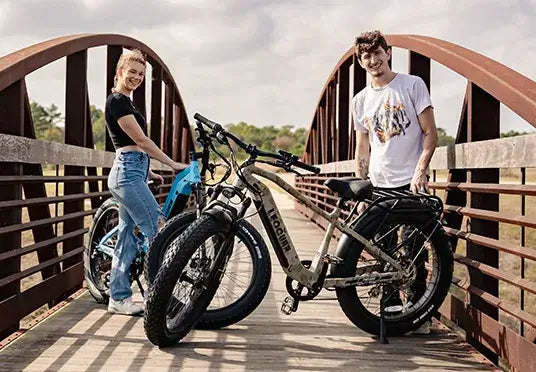
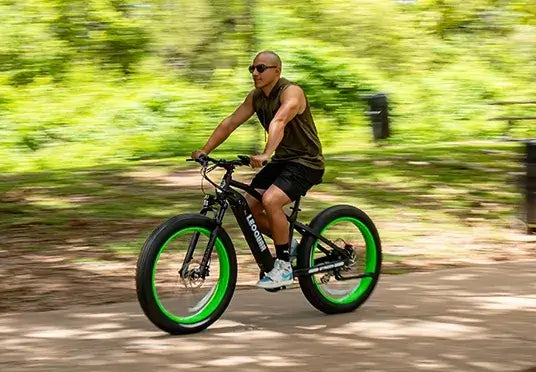
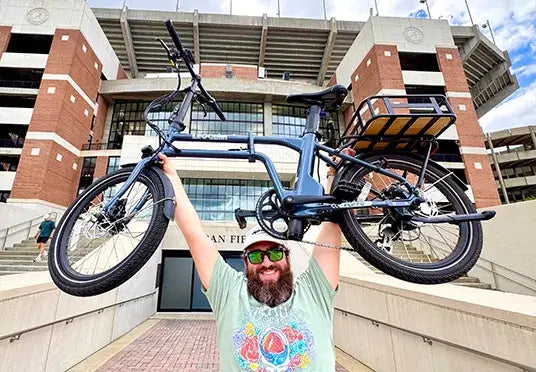
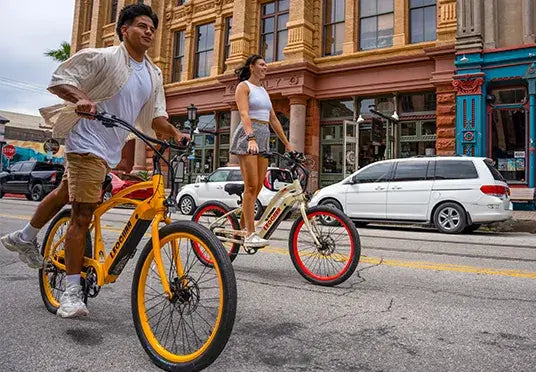
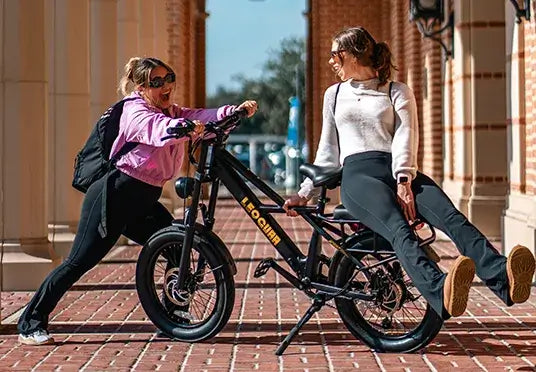
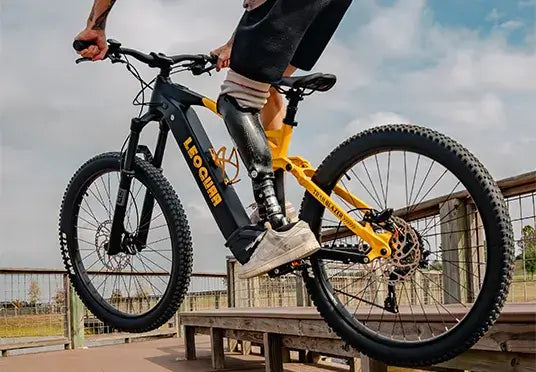
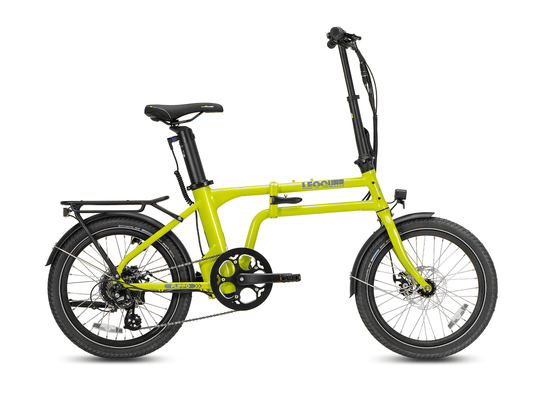
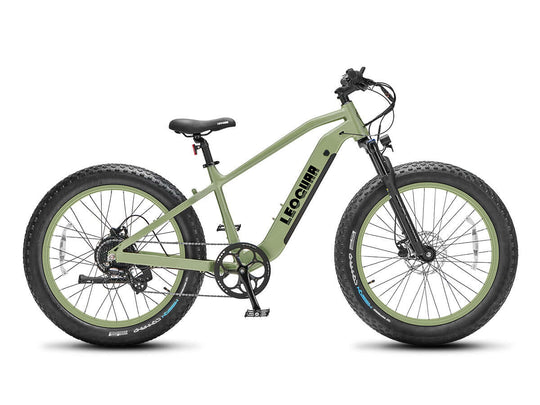
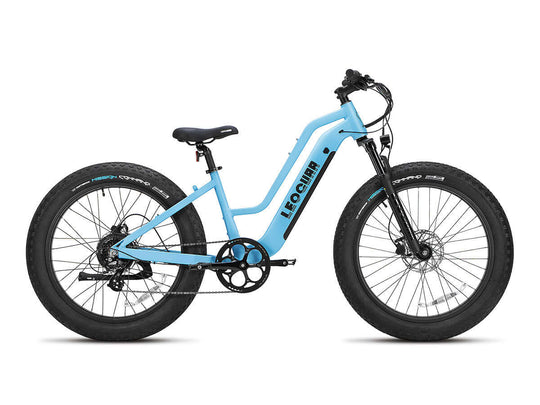
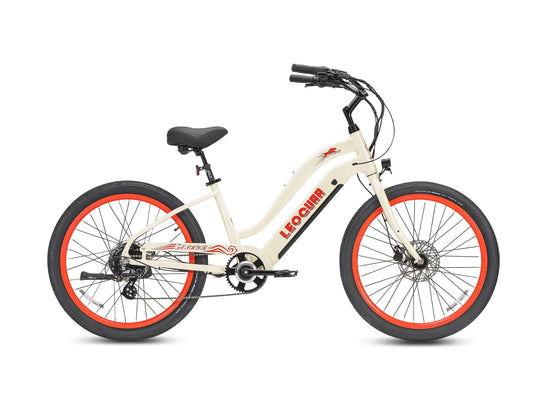
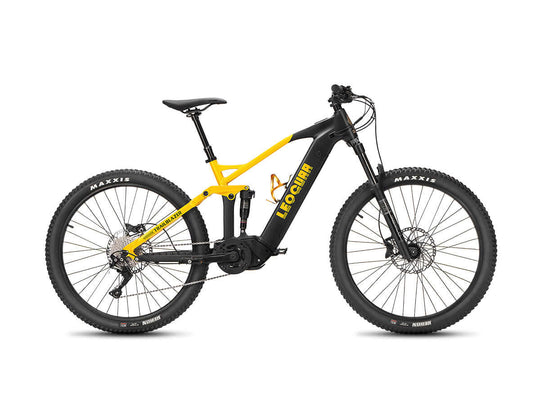
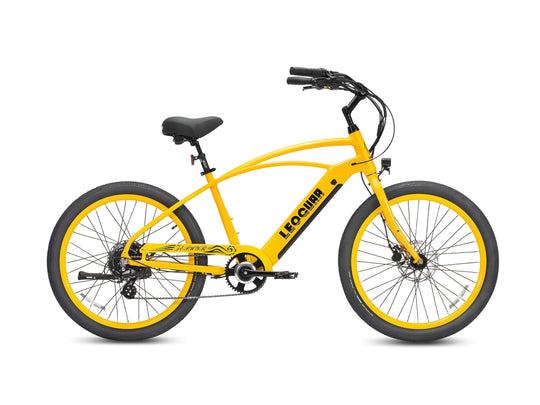
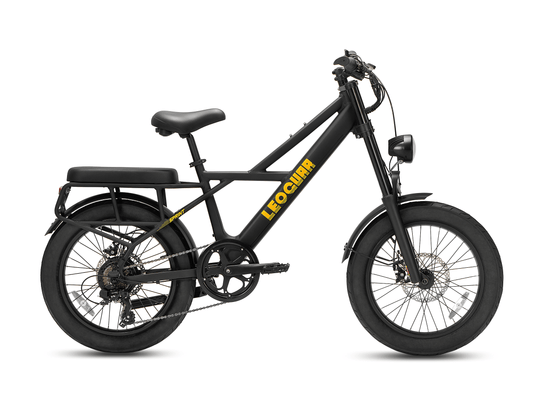
















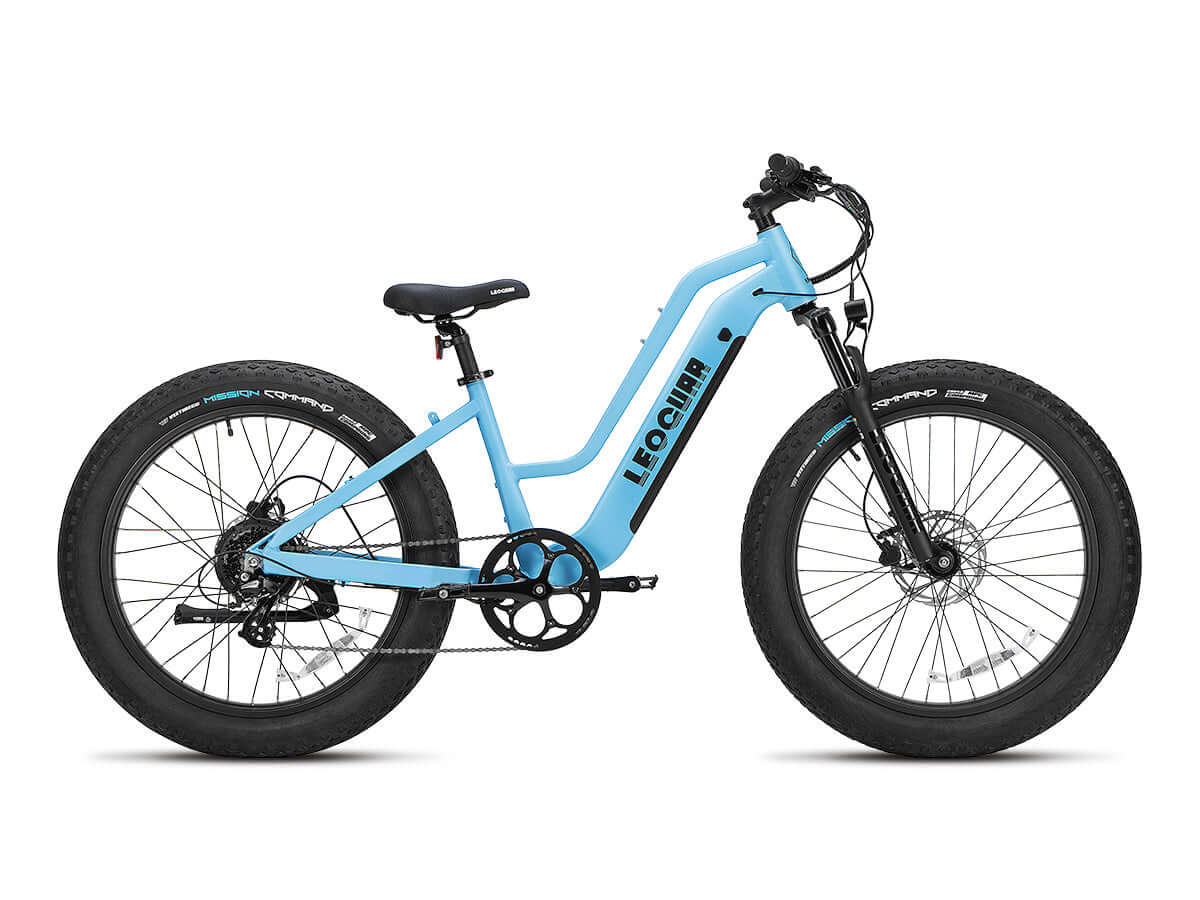








Leave a comment